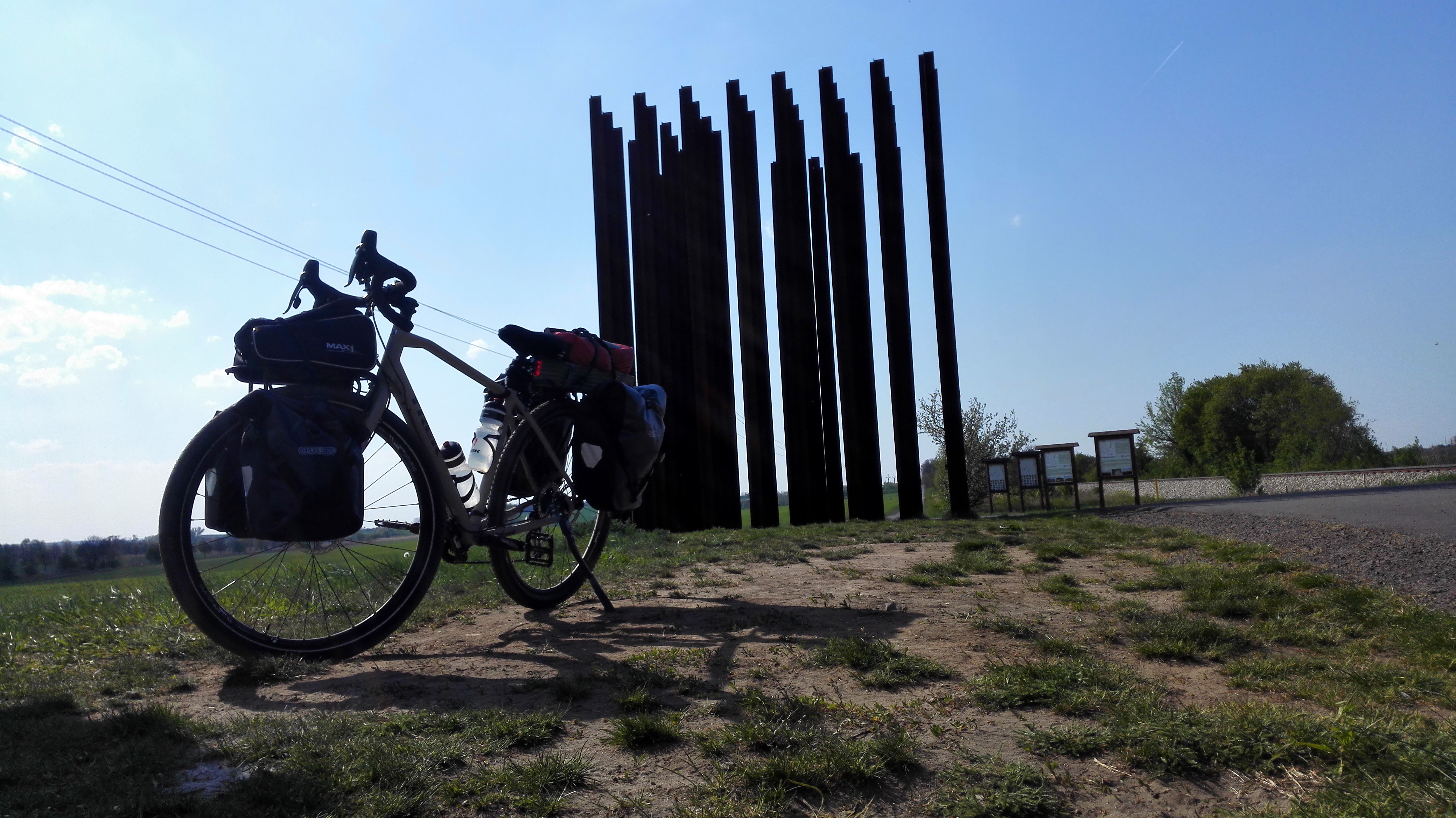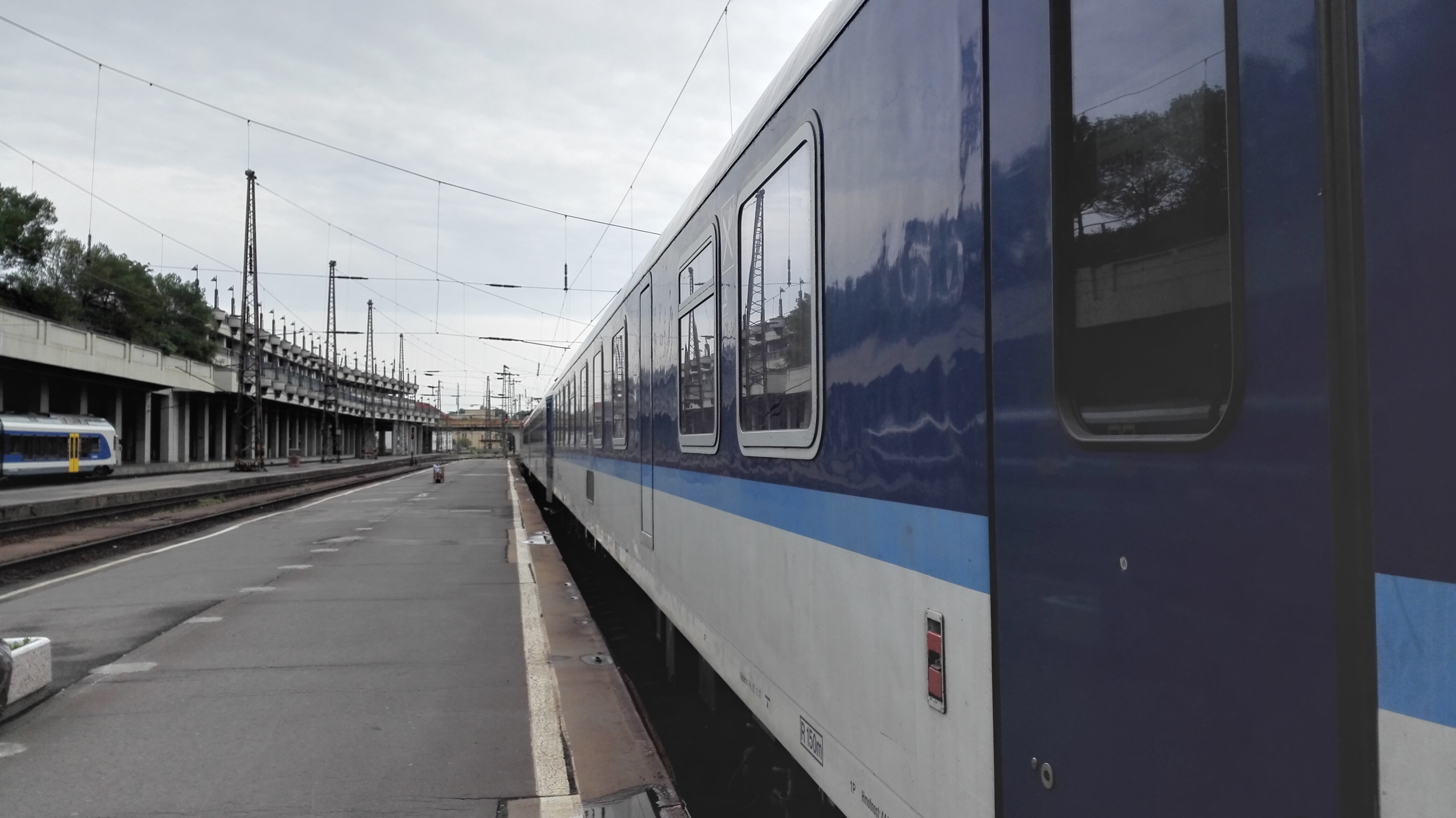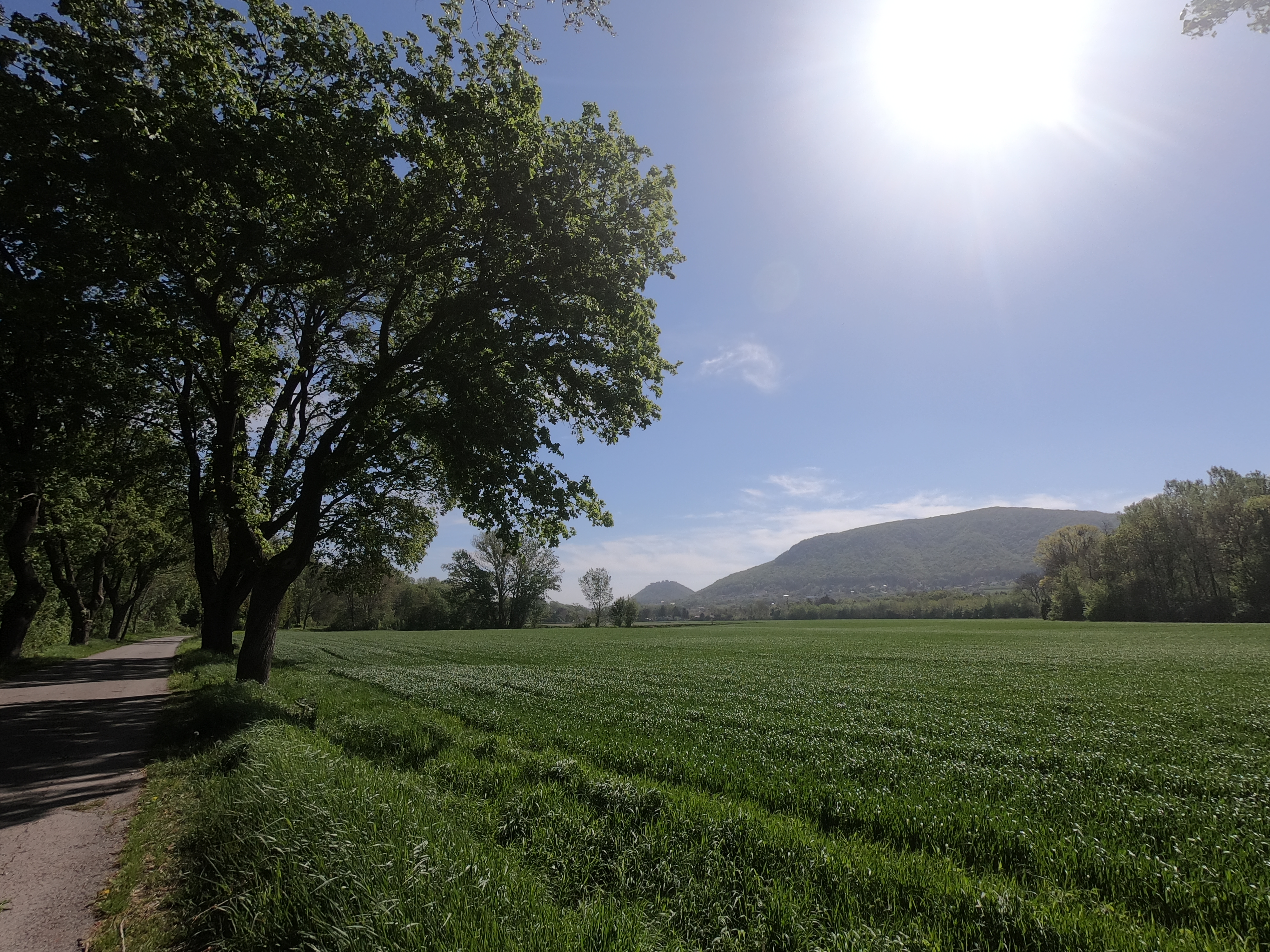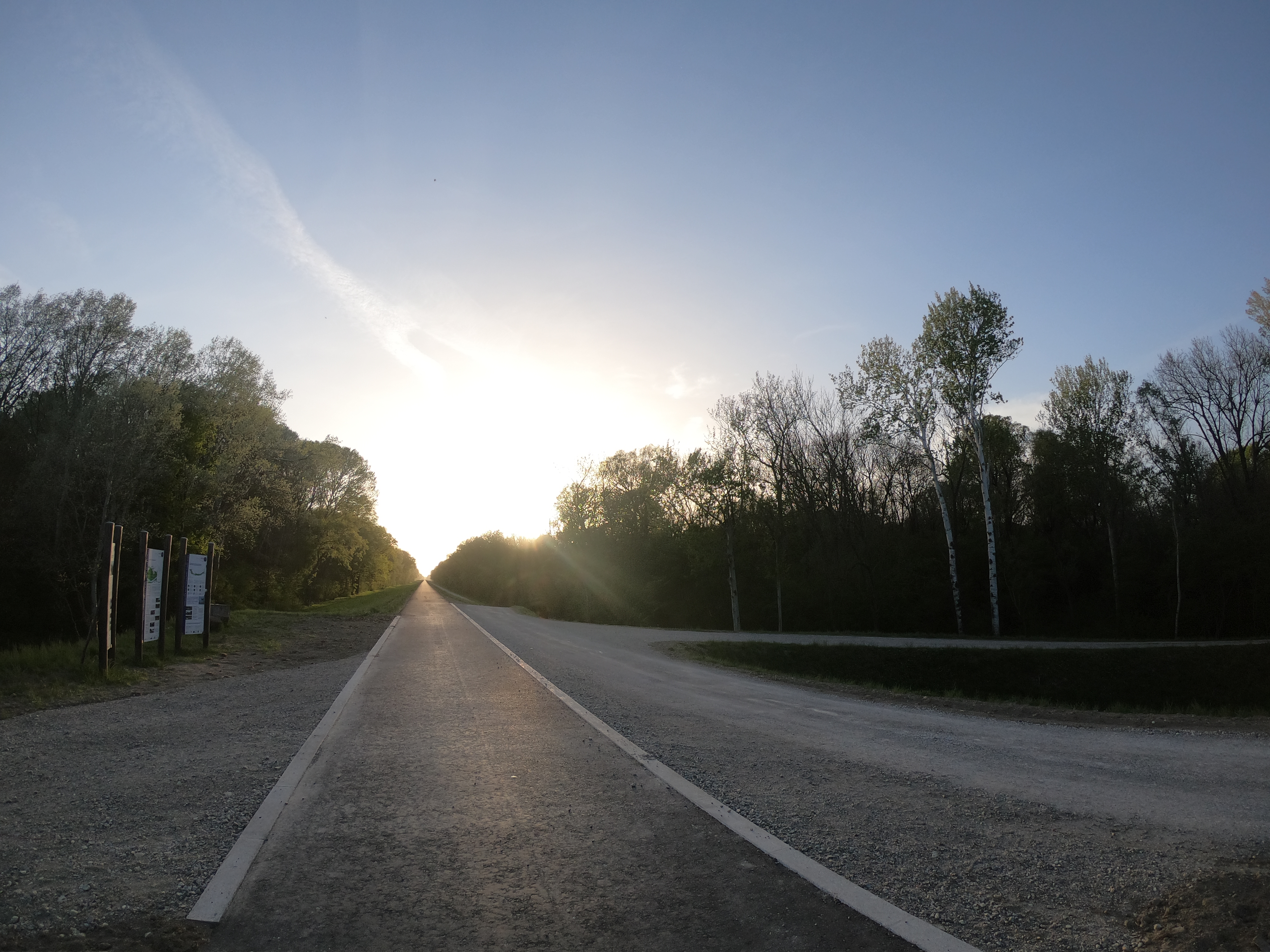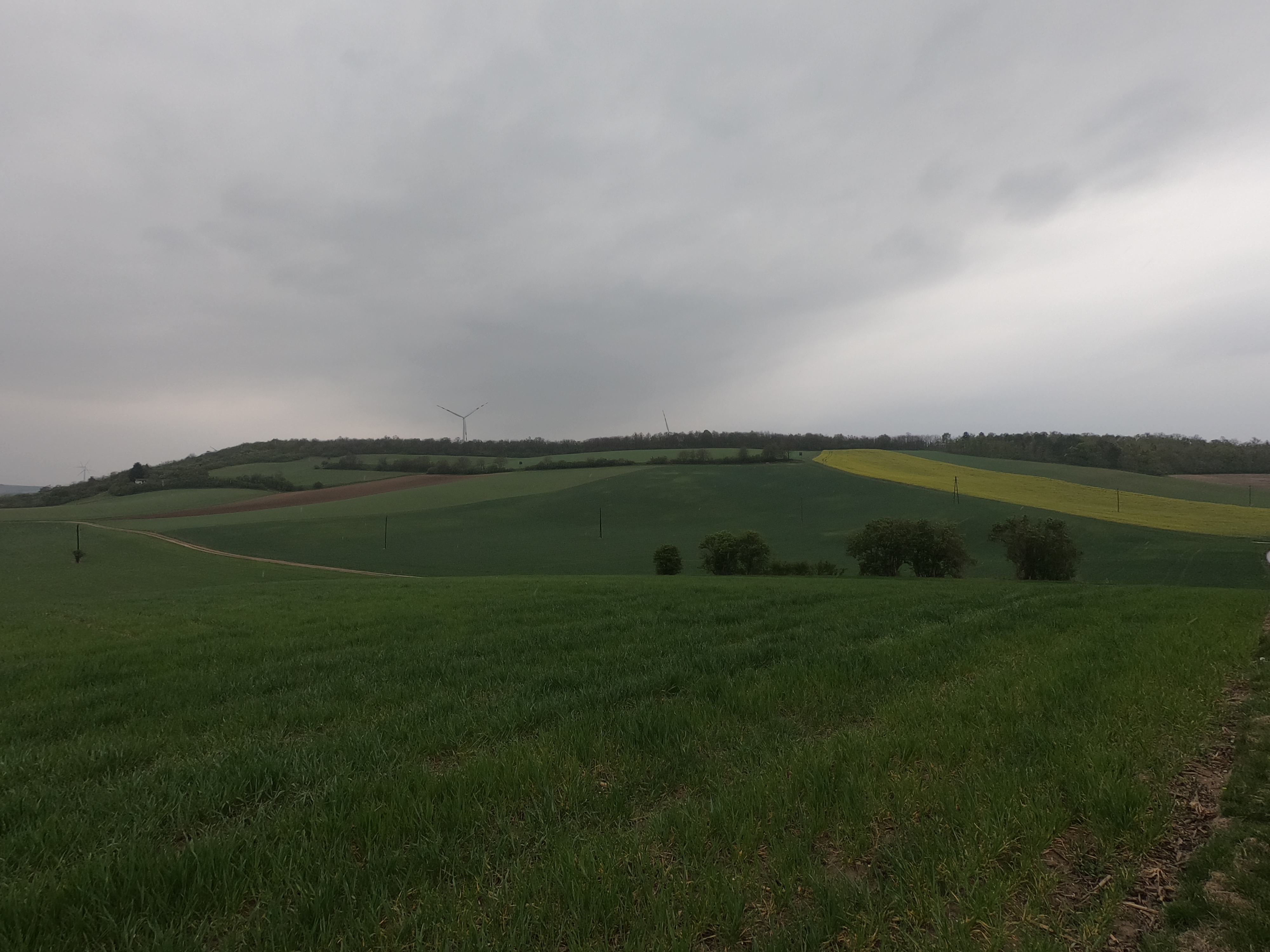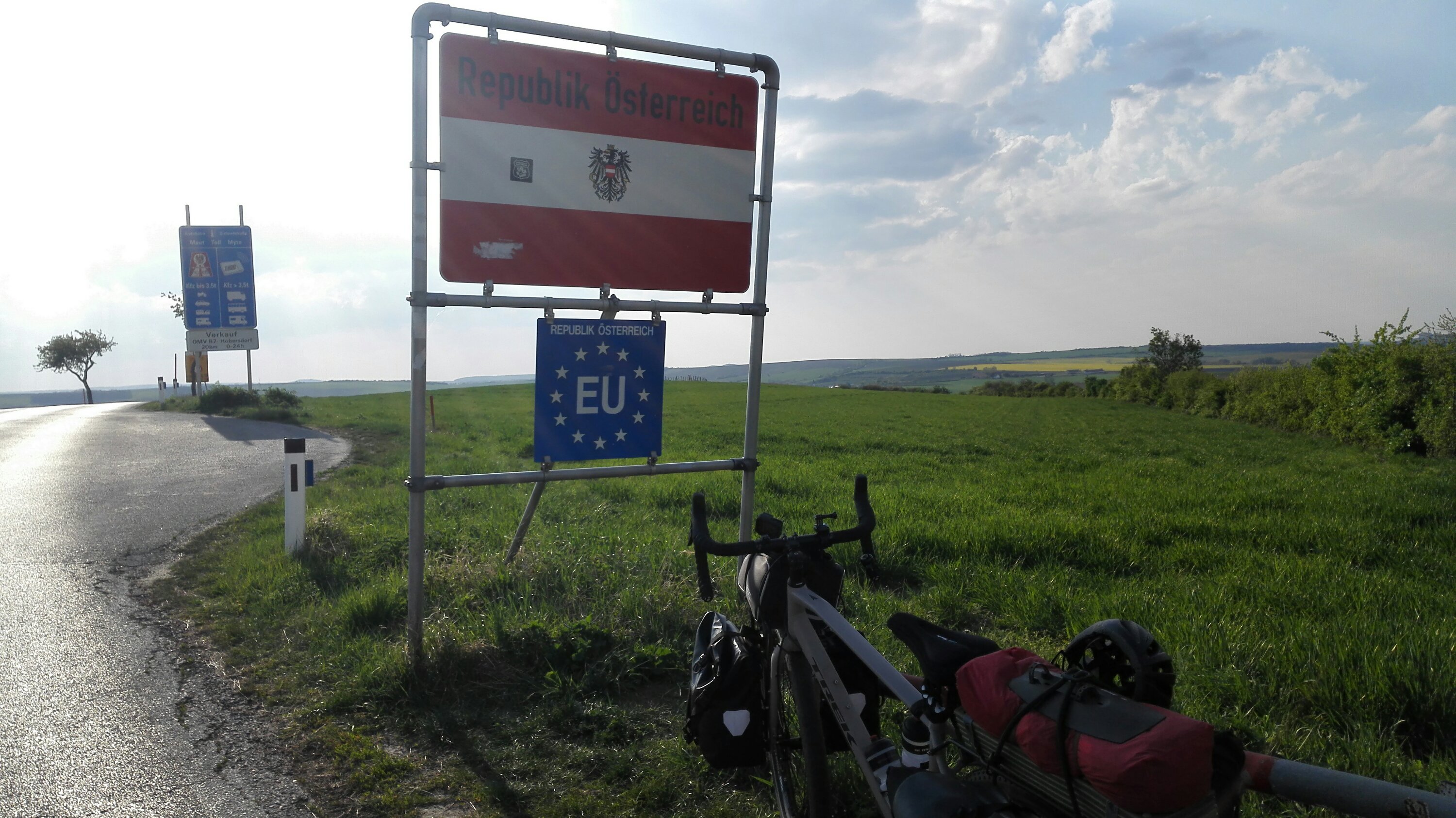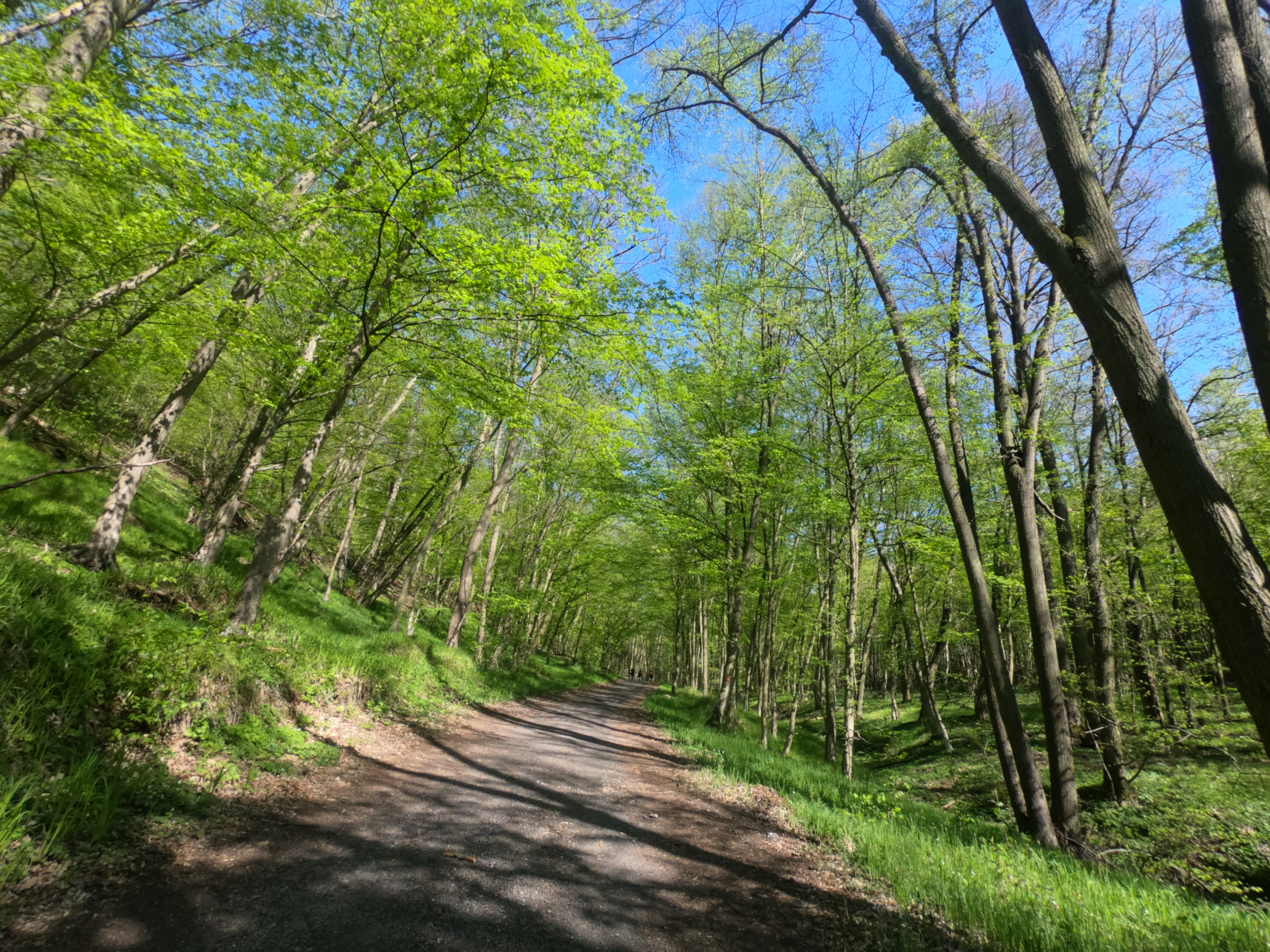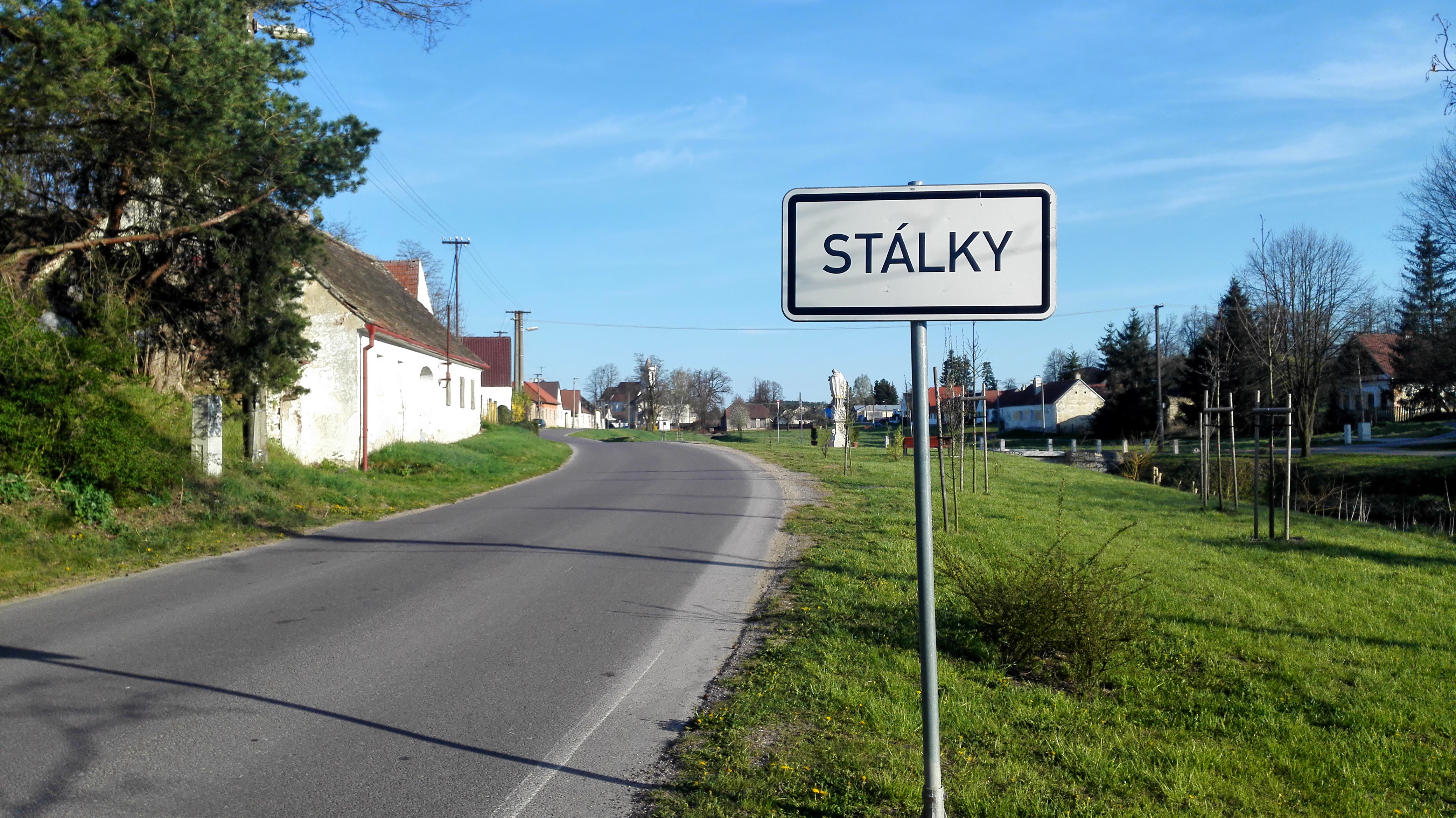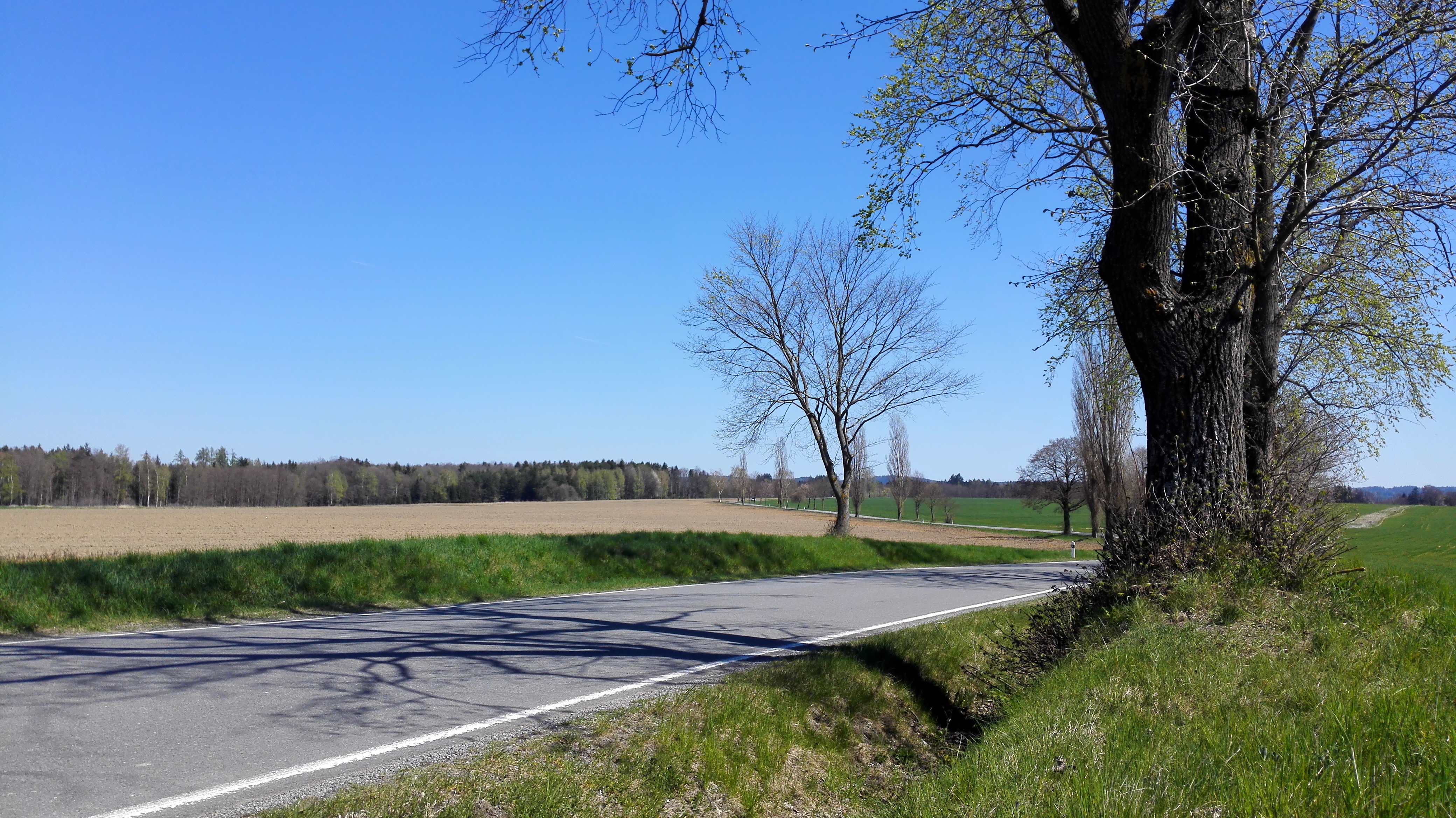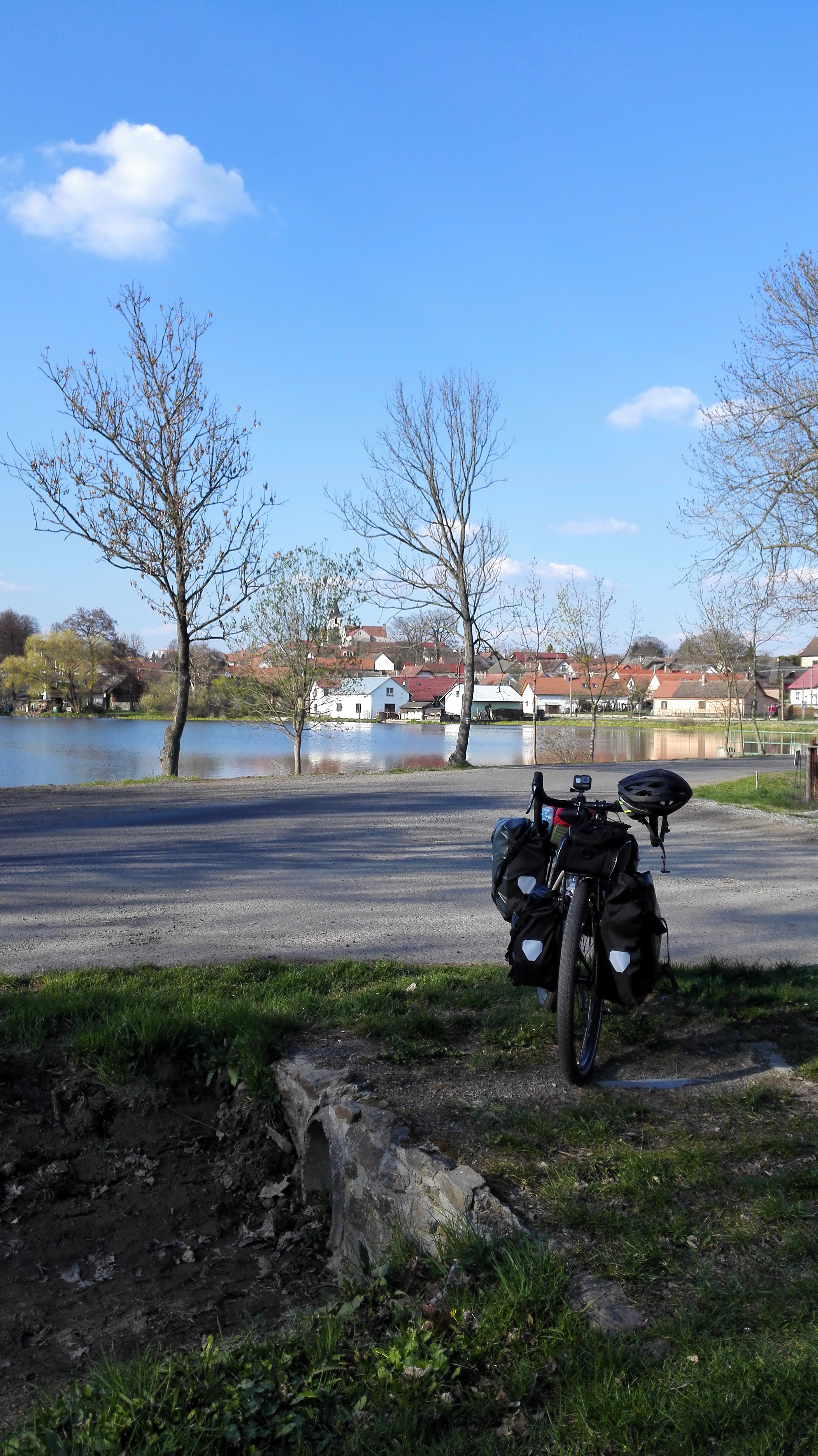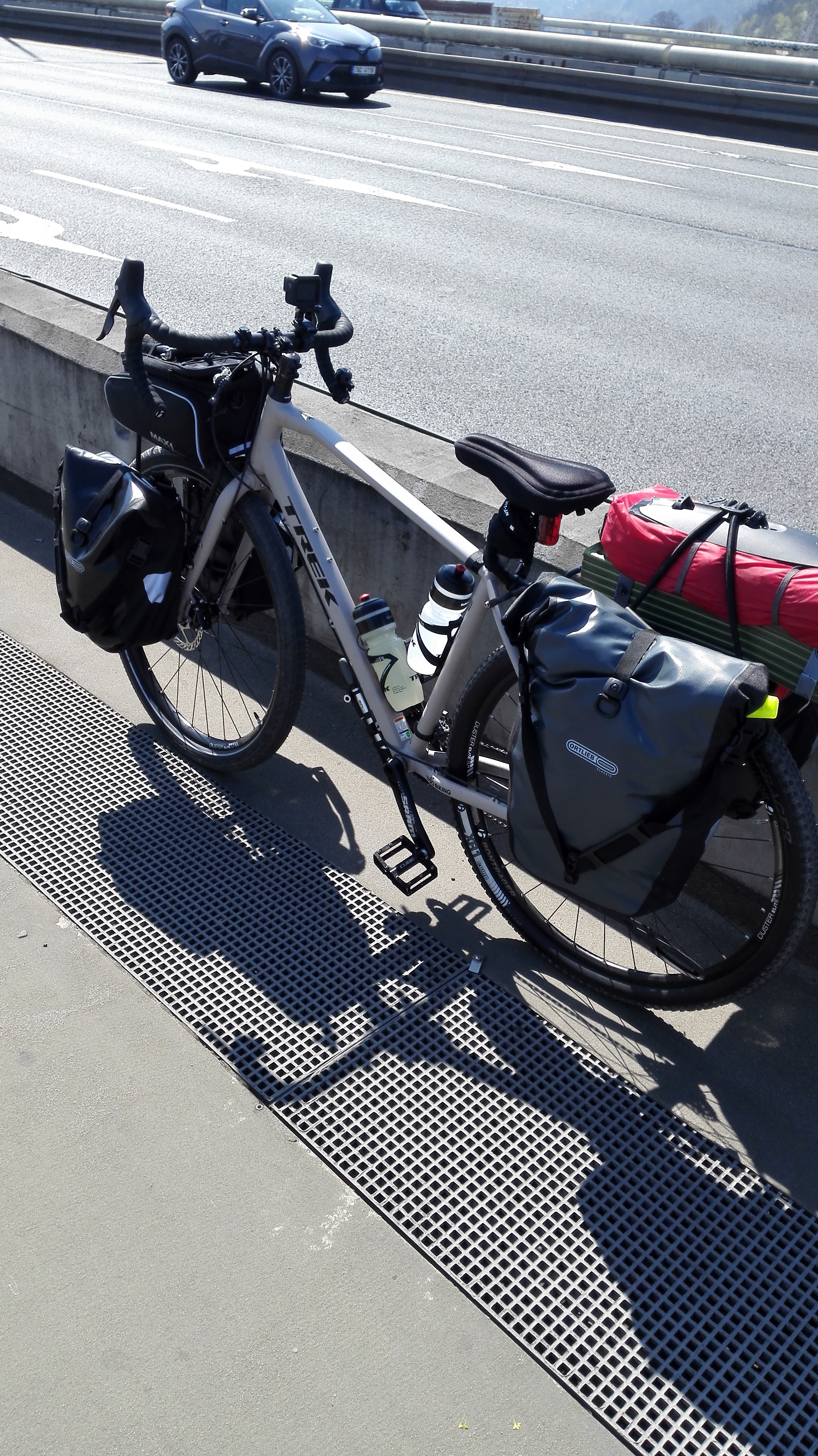I really enjoyed my time on the road, and I’m already itching to get back out there. For sure there were some tough moments, particularly the storm in Austria, but each hill bested, each town reached, just spurred me on to the next one. I had supposed that the climbs would be the hardest challenge,…
nihilism is exhausting
Category: Prague-Vienna-Bratislava-Budapest
Day 10: Counting my blessings
I made great progress across northern Hungary on another stunning day, getting to within 100 km of Budapest. Close to Komárno I received the sad news that the mother of a very dear friend has just passed away. May she Rest in Peace. So I am stopping here for now and travelling back to Ireland.…
Day 9: To Bratislava and beyond
The man of the house made me breakfast, apologising that his wife was away. He shouldn’t have. After stuffing myself with varieties of breads, cheeses, meats and coffee, as I left he handed me a packed lunch. What a host! Cycling conditions were perfect – sun blazing, a light breeze, birds singing and the road…
Day 8: Into Vienna, and out again
It took ages to check out of the hotel, because two busloads of German wine tasters got to reception first. Never mind, I went back into the breakfast room for a second sitting. The hotel owner kept me chatting about wind turbines, but I had to make my excuses (wouldn’t you?) and get back on…
Day 7: A struggle through Weinviertel
I had a massive breakfast, so big that I needed a lie-down afterwards 😀 There was a stiff southerly breeze out, with a storm promised around lunchtime. No time to waste, I was off. As soon as I left Poysdorf I was climbing through open countryside, vineyards giving way to vast fields of sugar beet.…
Day 6: Beeline to Valtice
After another great sleep and a roadside bike-fix I was back in the saddle. There are no yellow signs at the junction in Hnizdo, but there is a blue Austrian track sign to follow, which soon joins up with #48. I zoomed through the wonderfully named village of Slup before stopping in Jaraslovice to look…
Day 5: Podyjí National Park and into Moravia
Easter Sunday and more perfect weather. Left early towards Vranov nad Dyji, and the tough climbs of the Podyji national park ahead. The trip through the park took a roundabout route through the forest. There were some steep climbs on poor track surface, then a sharp relief down to the village of Lukov. I stopped…
Day 4: Tickling the Austrian border
A great day overall after a slow start. I was passing castle Landstejn and thought I would cheekily recharge my phone and laptop while sipping malenovka – raspberry lemonade that everyone drinks in summer. I had a garlic soup, then another. Good for the lungs apparently, and delicious. I got talking with an Austrian couple…
Day 3: South Bohemia
I was so comfortable that I slept-in. So much for the early start! On such a beautiful morning, it would have been wrong not to have a lazy breakfast while basking in the sun. So that’s what I did. After mounting my steed I held a steady pace over rolling countryside to Tucapy. Surprisingly I…
Day 2: Towards Tabor
I was woken at 5am by a cacophony of birdsong, which I supplemented with porridge and strong coffee. Then back on the road, still following route #11, and with some trepidation about the coming hill climbs. But I needn’t have worried, I was in Neveklov no no time, picked up some water and went to…
Day 1: Leaving Prague…
…wasn’t as easy as I expected! If I had gone directly from the house I could have followed the river south and just veered of to Průhonice. But I decided to ‘start from the start’ and follow the ‘official’ route as much as possible. It begins in Central Park, which isn’t central at all –…
Prague to Vienna by the Greenways route
This is the main route of the Prague-Vienna Greenways, a network of trails through Southern Bohemia, Moravia and Austria. It’s not all dedicated cycle path, but mostly backroads and dirt tracks winding through the countryside, taking-in dainty villages, national parks, and UNESCO heritage sites. April is perhaps a tad too early to witness the countryside…
"Where's the money, Lebowski?"
